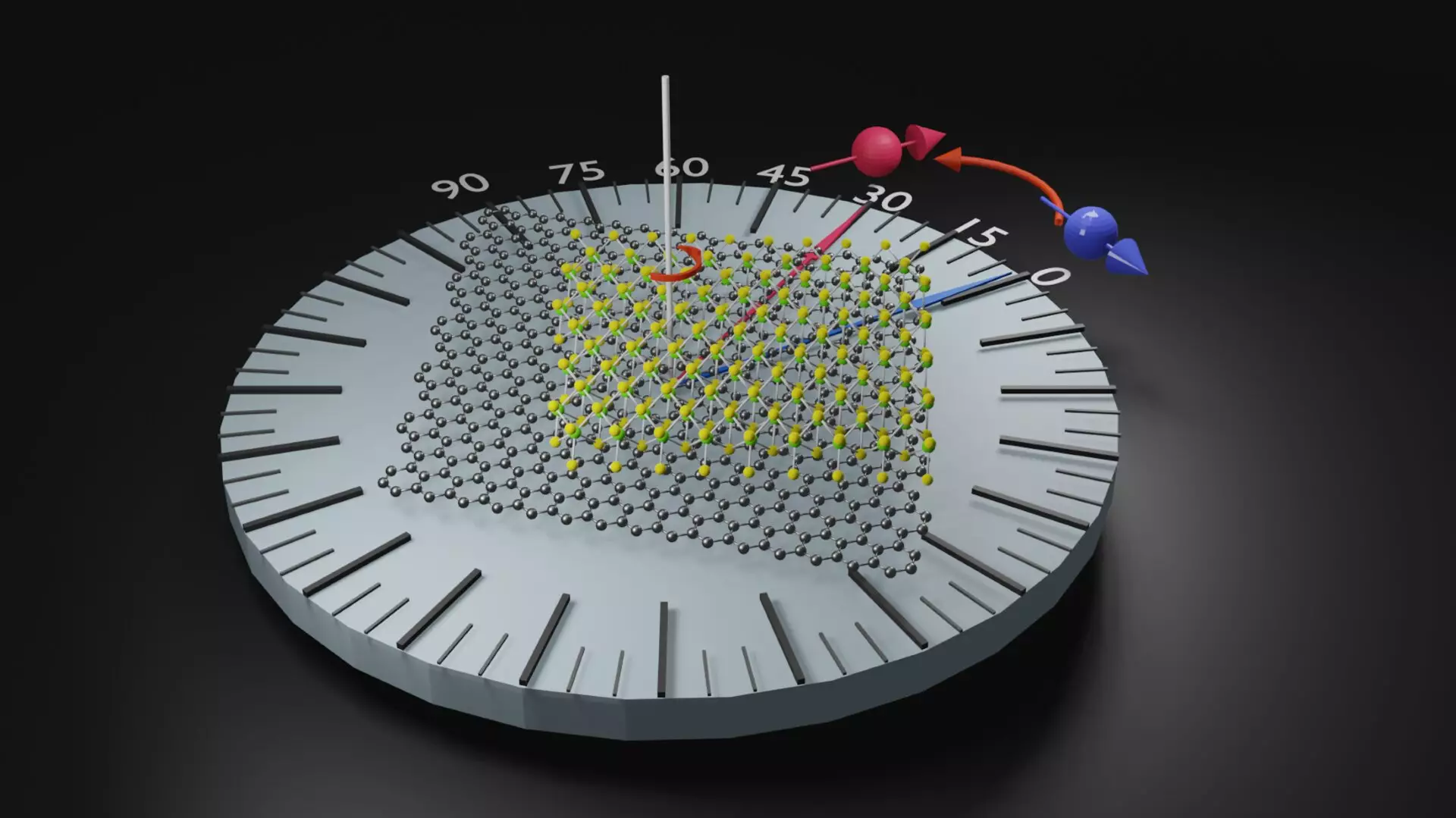The collaboration between research teams from Charles University of Prague, CFM (CSIC-UPV/EHU) center in San Sebastian, and CIC nanoGUNE’s Nanodevices group has resulted in a groundbreaking discovery in the field of spintronics. The creation of a new complex material with unprecedented properties is poised to transform the landscape of electronic devices. Published in the prestigious journal Nature Materials, this research paves the way for the development of cutting-edge electronic gadgets that incorporate magnetic memories into processors.
The emergence of two-dimensional materials with distinctive characteristics has sparked a wave of interest among researchers. When two layers of these materials are stacked to form a heterostructure, novel effects come into play. Recent observations indicate that subtle rotations of these layers can bring about significant changes in the properties of the heterostructure. The study focused on stacking two layers of graphene and tungsten selenide (WSe2) to unravel the potential of this unique configuration.
Spin, a fundamental property of electrons and other particles, usually travels perpendicular to the electric current. Managing spin currents has been a key challenge in spintronics, a branch of electronics that harnesses spin for information storage and transfer. However, the research led by Ikerbasque Research Professor Félix Casanova has shown that this obstacle can be overcome by employing specific materials. By precisely stacking two layers and introducing a subtle twist, a spin current can be generated in a targeted direction, unlocking new spin-related properties previously unattainable with individual materials.
The innovative approach demonstrated in this study underscores the potential of tailored material combinations in manipulating spin currents efficiently. The ‘magic’ twist applied to the stacked layers results in the manifestation of spin-related properties that transcend the inherent limitations of the constituent materials. This breakthrough holds promise for the development of next-generation electronic devices with enhanced capabilities and performance.
The collaborative efforts of esteemed research institutions have led to a groundbreaking revelation in the realm of spintronics. By exploring the synergy of two-dimensional materials and leveraging precise stacking techniques, a new frontier of possibilities has been unlocked. The future of electronic devices looks brighter than ever, with the potential for radically advanced technologies on the horizon.


Leave a Reply